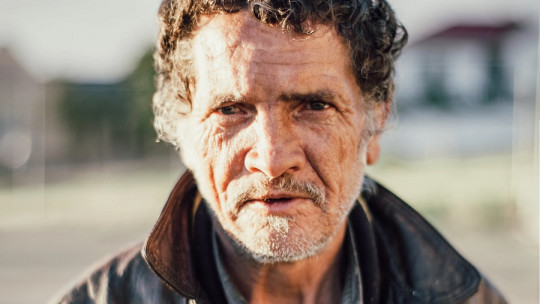
Post-Traumatic Stress Disorder has been one of the most studied disorders in recent decades (especially as a result of the devastating consequences of World War II), due in large part to the awareness of the dysfunction it entails for people who suffer from it. suffer from it and the people around them.
Any person in the world can one day suffer from Post-Traumatic Stress Disorder, even if they have been exposed to the experience or occurrence of a trauma only once But… what happens to those people who have been exposed to very serious stressful conditions all their lives or over a long period of time? What happens to war veterans? And with minors exposed to continued physical, psychological and sexual abuse? What happens when the people who continually attack you are your primary family relationships?
In this article we are going to delve into the Complex Posttraumatic Stress Disorder once called DESNOS
What is DESNOS or complex PTSD?
DESNOS (for its acronym in English, Disorder of Extreme Stress Not Otherwise Specified; extreme post-traumatic stress disorder not otherwise specified), currently known as complex PTSD, is defined by the presence of PTSD with added self-regulation problems in the person. It usually occurs in people who have experienced multiple traumatic events, prolonged trauma, especially severe trauma (usually related to interpersonal victimization).
An example of a complex PTSD, according to Luxenberg et al. (2001), she would be a woman who as a child never received the necessary care and attention, she was sexually abused by her alcoholic stepfather on numerous occasions, and she saw (vicarious victimization) her stepfather rape her mother. .
A new diagnostic category for complex PTSD has been proposed, and it appears that ICD-11 will distinguish between PTSD and complex PTSD (this has not been the case in DSM-5). The first will include three clusters of symptoms (reexperiencing, avoidance, and persistent sense of current threat manifested by arousal and hypervigilance), while complex PTSD will comprise three additional clusters: affective dysregulation, negative self-concept, and relationship disruption
Symptoms and characteristics
As we have commented, Complex PTSD is characterized by the co-occurrence of PTSD with some self-regulation problems in the individual These problems are the following:
Disturbance of relational capacities
Alterations arise in interpersonal relationships. The person with complex PTSD would tend to isolate himself, to chronically distrust others, to live with anger or very spontaneous unjustified hostility towards others, to repeatedly look for a person to act as a “savior” (to re-establish lost security).
In general, they tend to be people who have few intimate relationships, due to the inability to trust and open up to others. In some way, it could be said that they are self-sabotaging, since in many cases they do have social skills to establish intimate relationships but due to their learning behaviors and acquired beliefs they are not able to maintain them.
Alterations in attention and consciousness
Dissociative symptoms frequently appear. People with complex PTSD may present alterations or fragmentations of consciousness, memory, identity, perception of self and/or the environment.
Very unfavorably affected schemas or belief systems
There are three types of persistent and exaggerated negative beliefs or expectations in cases of complex PTSD, which must be made more flexible and modified in treatment:
Difficulties in regulating emotions and somatic discomfort
Drastic mood changes, dysphoric, irritable moods, intermittent anger (difficulties in anger management) are common …They may show self-destructive and impulsive behaviors (including sexual ones). As for somatic discomfort, they may frequently have headaches, gastrointestinal problems, chronic pain, non-specific body pains…
Treatment
Although the treatment will depend largely on the type of trauma or traumas to which the subject has been exposed, the psychological model in which the clinician works and the time available, there are guidelines for the treatment of complex PTSD (Cloitre et al., 2012 ). The treatment can be divided into 3 phases:
Finally, it should be noted that it is very important that beliefs about oneself, about others and about the world be worked transversally throughout the therapy, since it is a laborious and sometimes prolonged work, which in many cases involves sometimes the most difficult to modify.








